|
|
|  DSH 572 DSH 572
5 R( f. F: F$ d$ n* ^$ w4 [) t. H: d b
| Abnormal operation
) Y3 H- G5 p& ` r+ H | 19.11, A- ~1 s# D O( x9 Q. ~" g! f
| 60335-1(ed.4)0 |' d/ Q ]: A/ [5 O! w1 F
|
1 o, u0 \: G' u5 c( H' o) _
Question:
6 E; F6 G- E- j' ~1 T( Z+ ?If a conductor of a printed circuit board becomes open-circuited, the appliance is considered to have withstood the particular test, provided all three of the following conditions are met - The base material of the printed circuit board withstands the test of annex E, d0 i1 J; u7 s( S& n
- Any loosened conductor does not reduce clearances or creepage distances etc...
" K( o, [9 X( k7 ]$ ^- The appliance withstands the test of 19.11.2 with the open-circuited conductor bridged.
4 ^ h8 ?) q P" QAccording to the third condition above, must it be considered that only one specially designed track cannot be enough protection? (Because the test has to be repeated with the track bridged).
% x- t9 r* i4 XDecision:+ c, Y. X- i" o! a# T
The track is only considered as an intentionally weak part if there is a declaration of the manufacturer about that, otherwise it shall be considered as a conductor and 19.11 applies.! u" R' {$ P2 w! }& N" K
3 f: \$ p: N( F$ B3 l' q: x5 T
; V2 f! a- T- w Y' v5 s6 O0 e4 U
|
本帖子中包含更多资源
您需要 登录 才可以下载或查看,没有账号?注册安规
x
|



 窥视卡
窥视卡 雷达卡
雷达卡 发表于 2012-9-8 20:51
发表于 2012-9-8 20:51
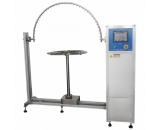

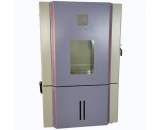

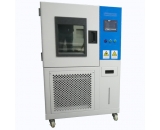

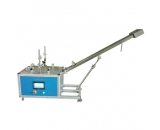

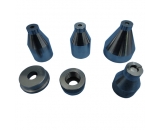






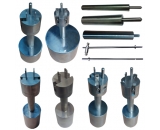
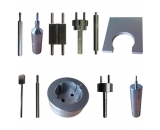
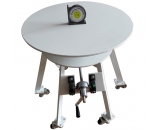
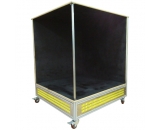

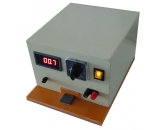
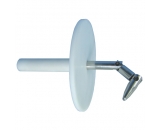
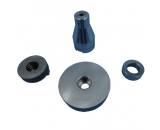
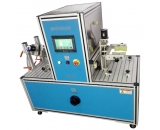
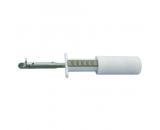
 提升卡
提升卡 置顶卡
置顶卡 沉默卡
沉默卡 喧嚣卡
喧嚣卡 变色卡
变色卡 抢沙发
抢沙发 千斤顶
千斤顶 显身卡
显身卡













